SUMMARY
This is AI generated summarization, which may have errors. For context, always refer to the full article.
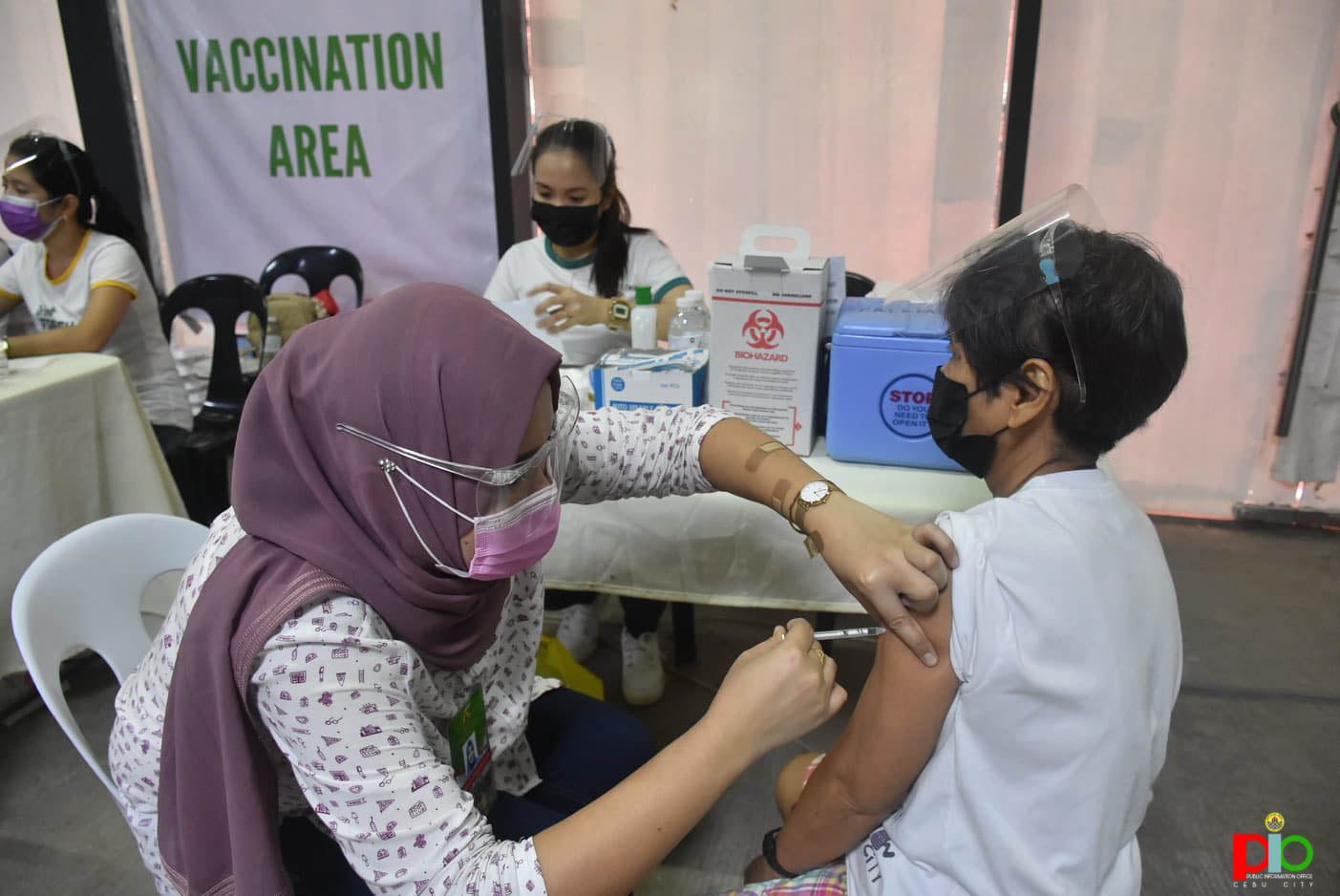
Central Visayas is now experiencing a third epidemiological wave of COVID-19, the Department of Health (DOH)-Central Visayas declared on Saturday, July 10.
In a message to media, Dr. Eugenia Mercedes Cañal, regional head of the DOH Epidemiology and Surveillance Unit, said there has been an observably steady rise in COVID-19 cases in the region within four weeks of monitoring.
“We are in a third wave now. We have been monitoring the cases for the last four weeks in Central Visayas, not just Cebu City, and our epidemic curve shows an upward trend,” she said.
As of Saturday, according to data from the DOH regional office, Central Visayas’ active cases or number of people sick with COVID-19 totalled 8,241. 419 of these were added that same day: 108 from Cebu Province, 76 from Bohol, 45 from Negros Oriental, 9 from Siquijor, 114 from Cebu City, 39 from Lapu-lapu City, and 28 from Mandaue City.
The region’s total recorded cases rose to 76,175 while its recoveries stood at 65,656. Total COVID-19 deaths in the region is at 2,278.
For Cebu City, which is under modified general community quarantine – the loosest quarantine status, it was the second day of generating new cases in the triple digits since the first couple of months of 2021.
“Today is the second day that our cases are in three digits. Daily positivity rate is beyond the WHO threshold for weeks already; every [piece of] data that we are monitoring shows an upward trend,” Cebu City Councilor Joel Garganera, head of the City Emergency Operations Center (EOC) told media on Saturday.
Garganera is referring to the 5% positivity threshold set by the World Health Organization for areas with manageable cases .On Friday, July 9, Cebu City’s daily positivity rate stood at 9.31%.
However, Negros Oriental, which is under modified enhanced community quarantine – the quarantine status with the most stringent restrictions – has been recording relatively lower daily cases since hitting its peak of 343 new cases in a day on June 11.
Cañal told media on Sunday, July 11 that the variants of concern detected in the region were the Alpha (B.1.1.7) variant, the Beta (B.1351) variant, and the Theta (P.3) variant.
“I say ‘were’ because by the time we received the feedback from EB (epidemiological bureau), the individual who carries the variant has finished the mandatory quarantine and declared recovered. No Delta variant is detected in CV as of date,” she said.
Factors
Apart from the constant mutation of the virus, Cañal identified “social mixing” or public gatherings, the leniency in following standard health protocols, and the “inequitable and uneven distribution of vaccines” as some of the factors that drove the third wave in the region.
For Cebu City in particular, Garganera pointed to inbound and transit travelers, failure to implement protocols in public transport, social gatherings, and leniency in following protocols for vaccinated individuals.
The last wave of cases in the region was recorded in January of this year. The rise in cases then has been largely attributed to social gatherings that happened during the holidays. This was eventually managed by local government units through stringent contact-tracing and testing. – Rappler.com
Add a comment
How does this make you feel?
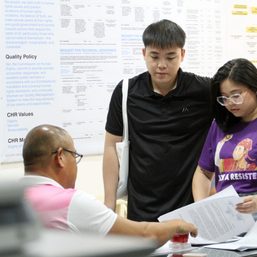
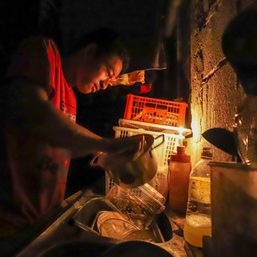
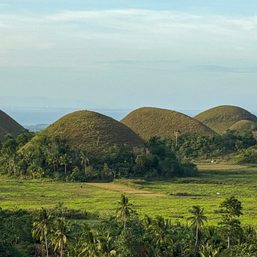

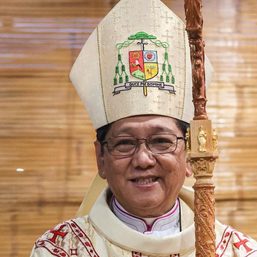

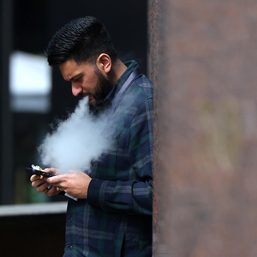
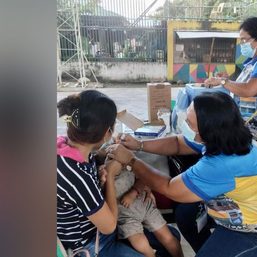
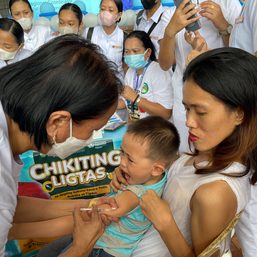

There are no comments yet. Add your comment to start the conversation.